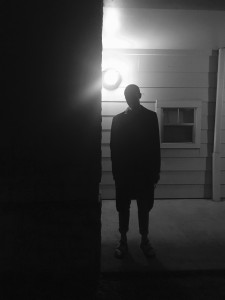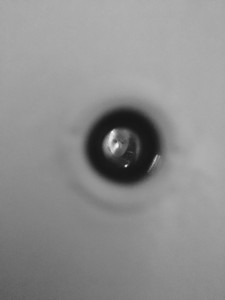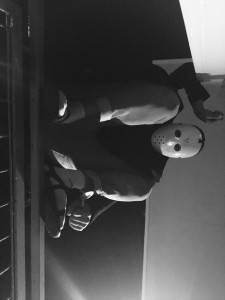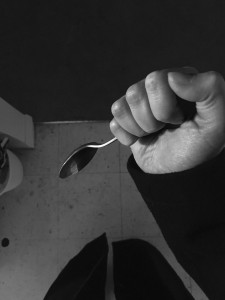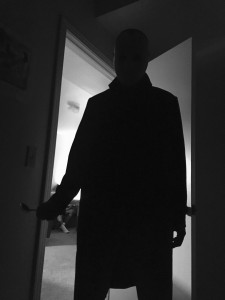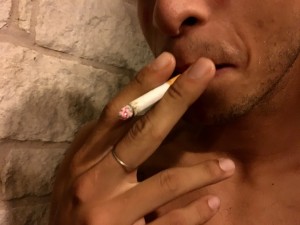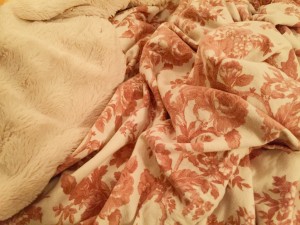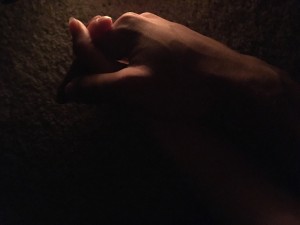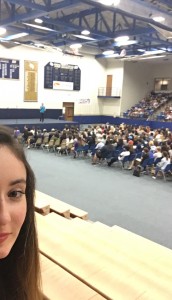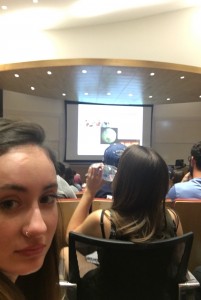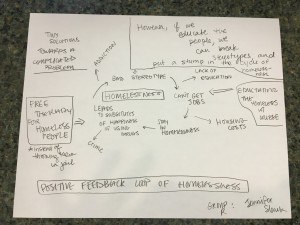How is photography a wicked problem to Dr Kennedy? What surprised, shocked, interested, or scandalized you from his presentation?
Photography is a wicked problem to Dr Kennedy because it is a conflict when he wants to define his photographs as art, and they are pushed in the category of digital manipulation. What defines the line of art? What defines the line of photography manipulation? Kennedy states in our case, photography is a wicked problem because of its ambiguity of what is truth and what is a lie. Also, using photography to shoot others in the moment, is that a right against our privacy?
Kennedy’s presentation was very interesting when he pointed out the background information and the conflict it arises in society especially journalism. Like above, what defines truth in today’s media? And what is simply for symbolization, enhancement, and/or money.
